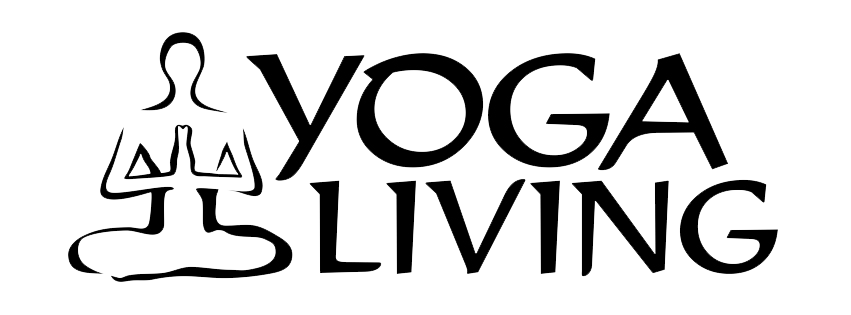In a distracting and noisy world that rewards constant doing, silence becomes an act of quiet rebellion – a way that we can return home to ourselves.
Personally, I have found that silence brings clarity and deepens my connection to all things. It’s when we are still and quiet that our minds settle, and whispers of healing and joy rise to the surface. It’s also in this purposeful pause that we hear the subtle wisdom from within. It is written that all our answers can be found within if we’d only just listen.
My husband loves having the television on all day long, in multiple rooms. It drives me bonkers, literally. Not only is it distracting, but it’s also over-stimulating and just ridiculously noisy and unnecessary. Often when he leaves, one of the first things I do is push MUTE on the remote or turn the TV’s OFF.
When I was a little girl, my mom would sometimes tell me to be quiet because she couldn’t hear herself think. I’d roll my hazel eyes and scatter away thinking that she must be crazy, never quite understanding what she meant. It didn’t take long as an adult to realize exactly what she meant, especially after having my own children. I do believe silence can be “golden” and shift us away from chaos to calm.
There are many ways to add the practice of silence into your day:
· Take 5 minutes of quiet time in the morning-try it before jumping out of bed or before checking your phone.
· Find a comfortable place to sit in silence or take a silent walk. Hence, “silent” sitting or walking means without your headphones or ear pods. Notice your senses - what you feel on your skin, what you see, hear and smell. Be present to your breath, no need to change or control it, just notice.
· I read a mindfulness article that suggested to designate a part of your day as a “quiet hour” – no talking, no screens, no input. If an hour isn’t possible, then try a half hour. Make this time a priority by scheduling it on your phone or in your planner.
· Use a mala, holding it in your hand and taking your fingers over each of the 108 beads, as many times around as necessary to help you remain in stillness and silence.
For centuries and across many cultures, masters and gurus have instructed us to sit in silence, to listen and be still, and to stay there long enough that the mind clears and energy gathers. Here are several quotes about silence from notable people:
· Mother Teresa “In the silence of the heart, God speaks.”
· Hebrew Bible, 1 Kings 19:12 “Guidance arrives as a ‘still small voice’ or the ‘sound of sheer silence.’”
· Patañjali, Yoga Sūtras “Yoga is the settling of the mind’s movements.”
· Desert Fathers “Go, sit in your cell, and your cell will teach you everything.”
· Eckhart Tolle “Nothing resembles the Divine so much as silence.”
· Deepak Chopra “Everything that is created comes out of silence.”
· Rumi “There is a voice that doesn’t use words—listen.”
I recommend starting with 5 minutes of quiet, eventually working your way up to 30 minutes of blissful silence. Begin with setting an intention to “Listen.” If you are seated, soften, notice the body, starting at the base or legs and on up to your head. Let your breath be natural, easy. Notice how you feel, notice sensations. Envision your body in the space, and if your thoughts pull you away, acknowledge them kindly and gently come back to your breath and your body. Rest in stillness, welcome awareness, and come back to your intention to simply listen. When you are ready, open your eyes and make small movements. Ask yourself, “What did I hear? What insight did I gain or what did I learn? What came up that needs my attention? What is one action I can take or one direction to move toward following the wisdom from my quiet time? I also recommend journaling after your session of silence.
If you experience restlessness, bring your attention to your hands or use a mala. If you become sleepy, open your eyes, lengthen the spine, make adjustments to your seat, settle and begin again.
Silence is a sacred pause – not the absence of anything, but the existence of your connection to Self. It’s the attention on your breath, your life force, the space between your thoughts, the presence, peace and calm. It’s feeling and being, not reacting and doing. It’s listening – to life itself.
Practicing silence can change your life in unimaginable, meaningful ways. I invite you to join me in savoring the sweet sound of silence!
~ MaryBeth
